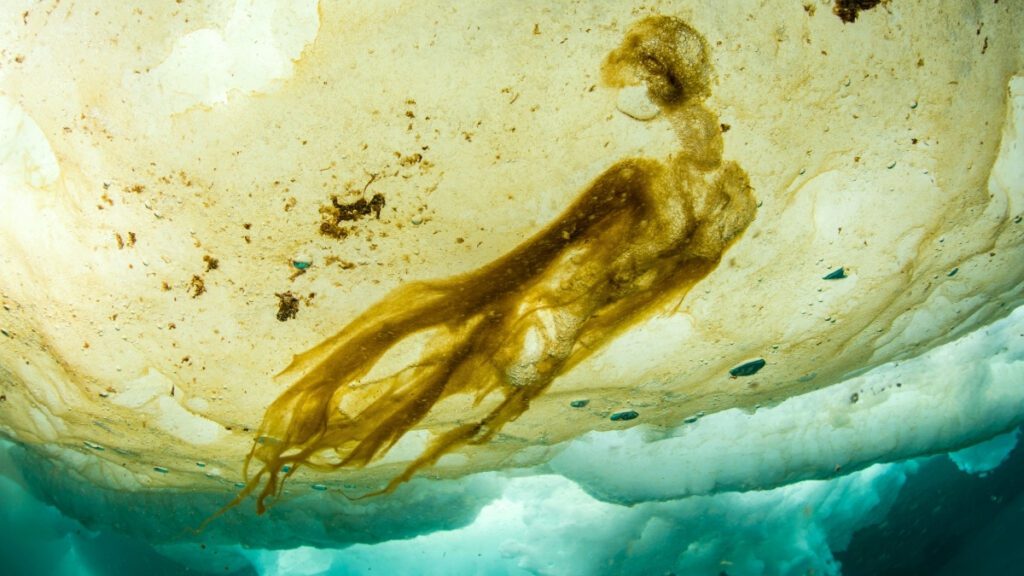Scientists have discovered a crucial life form thriving beneath Arctic sea ice, challenging the belief that no organisms could survive in such dark, frigid conditions. This finding could have significant implications for global climate, as nitrogen gas—a vital component of Earth’s atmosphere—is converted by nitrogen-fixing microorganisms into usable forms for living organisms.
Historically, it was thought that nitrogen fixers existed only in warmer ocean waters, but recent research has started to recognize the Arctic Ocean as a potential source of these bacteria. Lead author Lisa von Friesen from the University of Copenhagen noted, "Nitrogen fixation was thought to be impossible under sea ice," highlighting a shift in understanding.
The study identifies a specific group of bacteria known as non-cyanobacterial diazotrophs (NCD), which have the genetic capability to fix nitrogen. While researchers haven’t yet confirmed active nitrogen fixation by these microbes, their abundance suggests they play a role in such processes.
Notably, the edges of Arctic sea ice are rich in these bacteria, and as ice melts due to climate change, they are likely to proliferate. This could reshape ocean food webs, as NCDs support algae growth, which in turn serves as a food source for small marine animals. An increase in algae would mean more carbon absorption from the atmosphere, complicating predictions about future climate scenarios due to the intricate nature of biological systems.
The researchers emphasize the need to integrate Arctic nitrogen fixers into climate models, as changes in sea ice could directly influence nitrogen fixation rates. Their findings highlight the importance of further research in understanding these dynamics, published in Communications Earth & Environmental.


